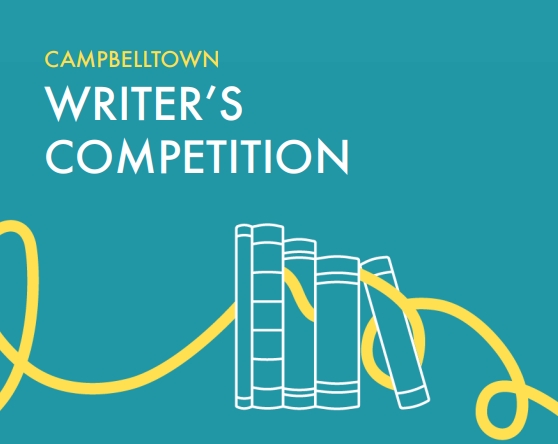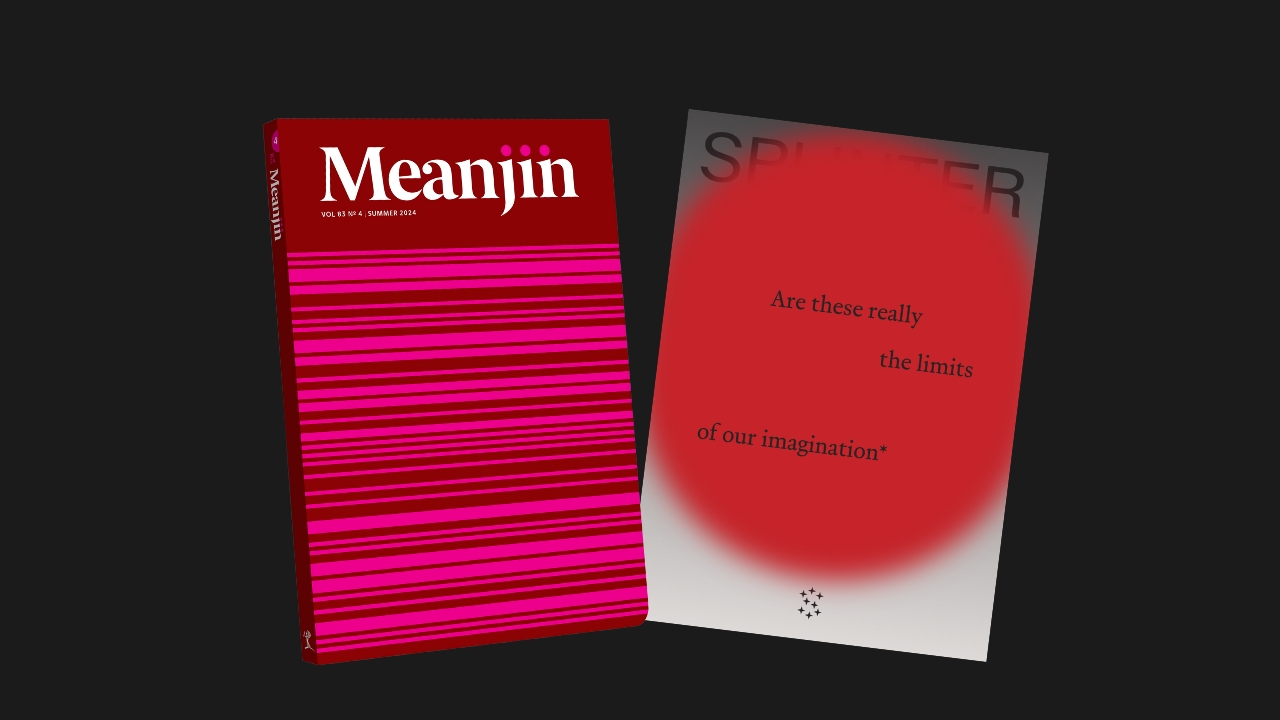First drafts are exactly that. It’s the first time you’re writing all the words down. It’s the first breath you breathe into characters who have either been sitting in your brain for a while or who jumped in late at night when you wanted to go to sleep but couldn’t. It’s a great time to forget about the five senses while you’re world-building. Don’t worry too much about run-on sentences or too many words ending in -ly or -ing at this early stage.
But.
Once you’ve bled that first draft onto the page, it’s time to get serious about fixing it. And it will need fixing. Very few authors nail the first draft. Even fewer would want it to be seen by the masses with typos, wrong words and that time you started using a different name for Jo’s mum halfway through, changing from Amanda to Alison on page 243. Maybe your protagonist’s eyes started out blue and by the end of the book, they’re a deep, beneath-the-forest-canopy shade of green?
Here are ten tips for tightening your text and building a better book.
1. Check for consistency in regards to the tense you’ve chosen.
2. Eliminate extraneous words such as, like, the, that, was, of, in, to and for.
3. Do you need all of those dialogue tags? Probably not! Unless you have a cast of thousands… Get rid of them!
4. Run on sentences are exhausting for your reader. Not every sentence should be short or snappy but action and intrigue reads better and builds tension quicker with fewer words.
5. Show, don’t tell. Don’t tell us the subway smelled like dirty socks in a teenager’s gym bag. Describe the smell. Describe the heat, the press of bodies. Put us on that subway and make us uncomfortable!
6. Avoid words like very, really and thing. It’s not a thing, it’s something. Unless it’s actually a thing. Then tell us why your character doesn’t know what it is or what it does. Really smelly? Very quick? Find better ways to describe the action. He didn’t walk very quickly. He sprinted. Or power-walked or ate up the ground with every long, hurried stride.
7. Avoid passive voice. Is it, the man was bitten by the dog, or the dog bit the man. Keep it active and make it happen in our minds rather than telling after the fact. Cause and reaction. Pay attention to it. Anthony’s knee was sore after the dog bit him or pain exploded in Anthony’s knee as the dog’s teeth sank into the fleshy part of his leg right above his knee cap,
8. Don’t just look for typos when rereading. Grammar and spell check should be picking up whether you’ve left off the e at the end of live but what if it’s a word like breath. But you meant breathe. What if you write board but your character is bored. The difference between loose and lose can be hilarious if you get that wrong in certain situations.
9. Don’t forget about the five senses. We often don’t layer enough in on the first draft when it comes to touch, taste, see, hear and smell. Don’t go crazy with all five all at once but remember when you’re living everyday life, you notice all of these in different ways.
10. Lastly, the best tip I ever received for editing is read your work out loud to yourself. Sounds kind of silly but you’ll notice quickly what words can go and what sentences don’t sound right. If you have to take a breath while reading a sentence, it’s too long. If your work is riddled with semi colons instead of full stops or commas, you might want to check if your sentences are punchy or just plain boring.
If you want to explore self-editing, you can do that here with editor, Nicola Markus on the 4th of August.
If you’re after a more in-depth look at your entire manuscript, you can apply for a mentorship or manuscript assessment here or sign up for our five-month Manuscript Incubator program with me (Bronwyn) here.







